In a remarkable and upward trajectory, the Asia-Pacific solar microinverter market is anticipated to attain a valuation of US$ 890.3 million by the year 2032. This progression can be attributed to a convergence of influential factors that have fueled the widespread adoption of these innovative devices for facilitating solar panel installation and management across the region. Integral to this trend are notable technological advancements aimed at bolstering the operational efficiency of solar microinverter, which have ignited the momentum of market expansion. Importantly, the discernible advantages inherent in solar microinverter, as contrasted with conventional solar inverter technologies, have played a pivotal role in steering business growth towards a prosperous trajectory.
According to the insightful projections by FMI, the Asia-Pacific Solar Microinverter Market is poised to achieve a market size of US$ 490.3 million in the year 2023, consequently setting the stage for a noteworthy Compound Annual Growth Rate (CAGR) of 6.1% spanning the timeline from 2022 to 2032.
The period leading up to 2022 witnessed an exuberant pace of market growth, buoyed by factors such as modularity, safety enhancements, and optimized energy collection. As the market matures, it is transitioning toward commercial applications, burgeoning across both developed and developing nations in the Asia-Pacific region. The recent strides in solar micro inverter technology have nurtured a thriving industry landscape. Enhanced features and heightened efficiency are steering the Asia-Pacific market, setting it on a trajectory of sustained growth.
Driving Factors Unveiled
The tide of change sweeping through the energy landscape is steering the Asia-Pacific solar micro inverter market. The relentless shift from fossil fuel-based power generation to environmentally sustainable alternatives is the pivotal impetus behind market expansion. Government subsidies and supportive policies further catalyze this transition, spurring the construction of renewable energy systems, including solar panels.
The proliferation of building-integrated photovoltaics and the customization of micro inverters to meet individual needs, coupled with extended warranty periods, amplify market growth. The integration of cutting-edge technology augments the capabilities of residential solar micro inverters, empowering end-users to manage their escalating electricity demands. Continuous Research and Development (R&D) efforts in micro inverter technology cement the market's growth prospects.
Challenges and Hurdles
Anticipated over the foreseeable future, the ascent of DC optimizers threatens to constrain the growth of the global solar micro inverter market. The cost-effectiveness of DC optimizer systems provides them a competitive edge, potentially overshadowing micro inverters. The economic pricing structure of DC optimizers could act as a deterrent to the development of micro inverter technologies. Despite these challenges, solar micro inverters must overcome the hurdle of higher initial costs associated with their installation and replacement.
Regional Landscape and Prominence
Geographically divided into China, India, Japan, ASEAN, and Oceania, the Asia-Pacific solar micro inverter market has its epicenter in China and India. Together, these countries contributed to 34.2% of the market share in 2021. China stands as a dominant force in the Asia-Pacific solar microinverter market, propelled by burgeoning investments in renewable energy sources, particularly solar power.
The region's abundant raw materials and ambitious urban development projects fortify its position as a prime solar microinverter market. With China, India, and other key Asia-Pacific nations collectively commanding a substantial share of the global market, the region's significance remains unassailable.
Driving Innovations and Competitive Landscape
The ascent of solar microinverter is underpinned by the surge in demand for remote monitoring capabilities and technological advancements. Encompassing benefits that outshine traditional solar inverters, the market is further emboldened by landmark renewable energy projects like India's 4750 Megawatt solar park in Gujarat.
The Asia-Pacific solar micro inverter market is fiercely competitive, dominated by key players like SMA Solar Technology, Enphase Energy, FimerGroup, SolarEdge Technologies, Sungrow, Huawei Technologies, and others. The market's dynamism is fueled by R&D investments, technological integration, and innovative product offerings. Mergers, acquisitions, partnerships, and strategic alliances further define the landscape as companies jostle for dominance.
A narrative of innovation and expansion continues to unfold, with significant players such as Enphase Energy acquiring SunPower Corporation's micro inverter business and LG Electronics introducing high-performance, integrated AC solar panels, solidifying their position in this competitive arena.
In consideration of these market forecasts, Tentek Technology stands prepared to enter the Asia Pacific Solar Microinverter Market, with the intent of securing a meaningful share in this burgeoning landscape. This strategic move not only aligns with market trends but also underscores Tentek Technology's commitment towards fostering a sustainable and ecologically responsible planet.
Content Source: https://www.futuremarketinsights.com


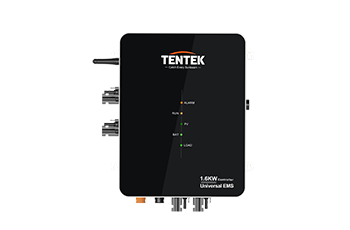
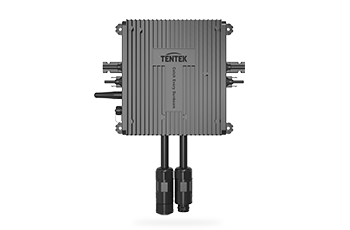

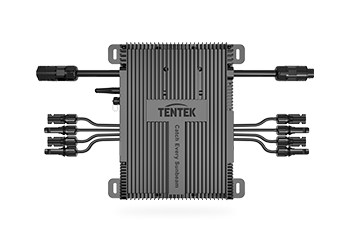
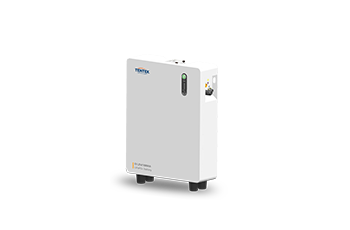
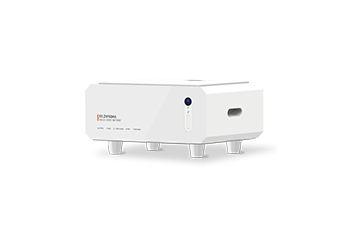
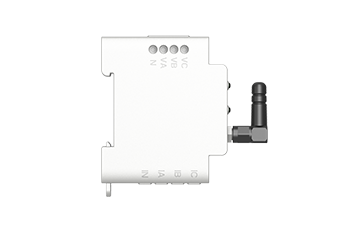

 FAQ
FAQ Download
Download Service
Service Tentek
Tentek News
News Honor
Honor Contact
Contact Message
Message Join
Join